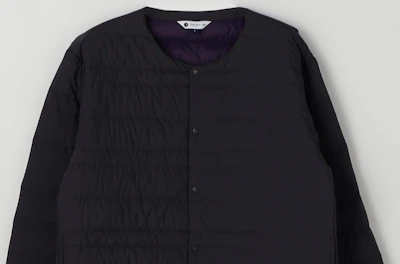12.16TUE
2024.10.16
The Innovative Technology of Conditioning Shoes Pioneer "MBT"

The brand was born in 1996. The shoes of MBT were developed by Swiss mechanical engineer Karl Müller. After experiencing pain in his knees and lower back, Müller noticed that walking barefoot on soft soil alleviated his discomfort. He created a groundbreaking sole that replicates the softness and moderate instability of walking on soil, even on asphalt.
The name MBT stands for Masai Barefoot Technology. It derives from the idea of mimicking the body movements of the Maasai people while walking barefoot in nature on asphalt. We spoke with Yasaki Igei, the representative from MBT's official distributor in Japan, Trend Japan Co., Ltd. about the shoes of MBT.
The Core Feature is the Patented Sole Structure
Even when walking on hard, flat asphalt, the shoes recreate the natural instability felt when walking barefoot on sandy ground. MBT shoes are expected to offer benefits like posture correction, reducing strain on knees and backs, and activating muscles, thanks to their patented sole structure.RELATED ARTICLES
CONCEPT VIDEO
"fashion tech news" Unveils New Logo & Concept Video
CONTACT
If you have any questions or enquiries, please enter your details in the form below.










.jpg?w=400&fm=webp)






.png?w=400&fm=webp)


